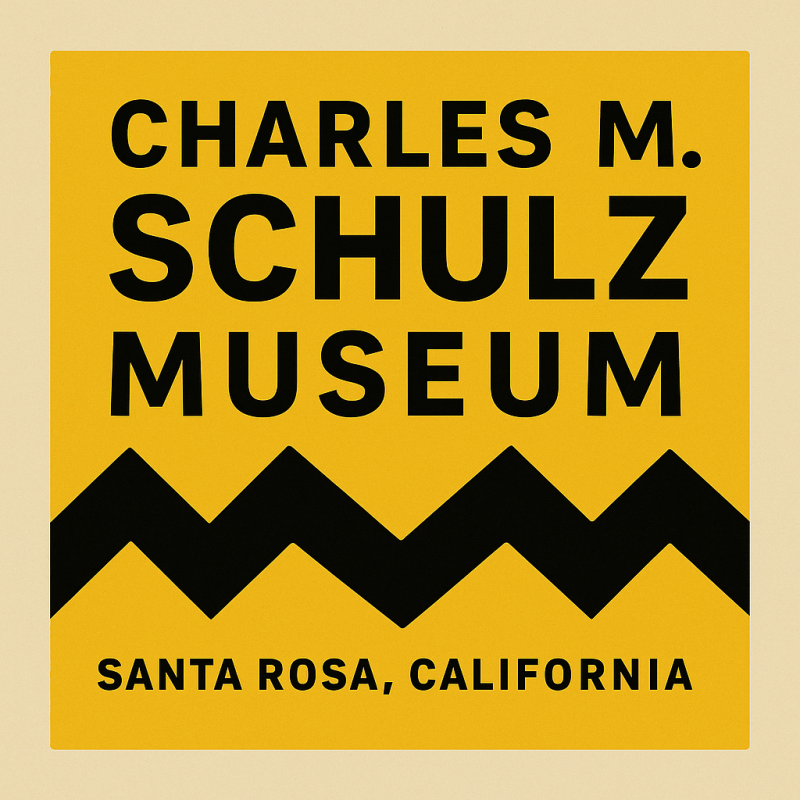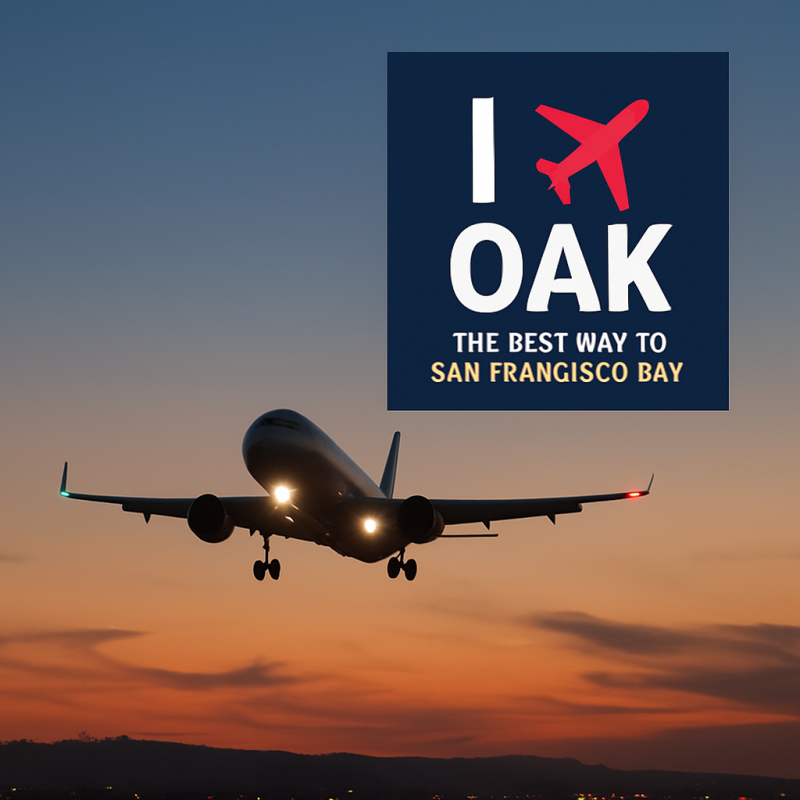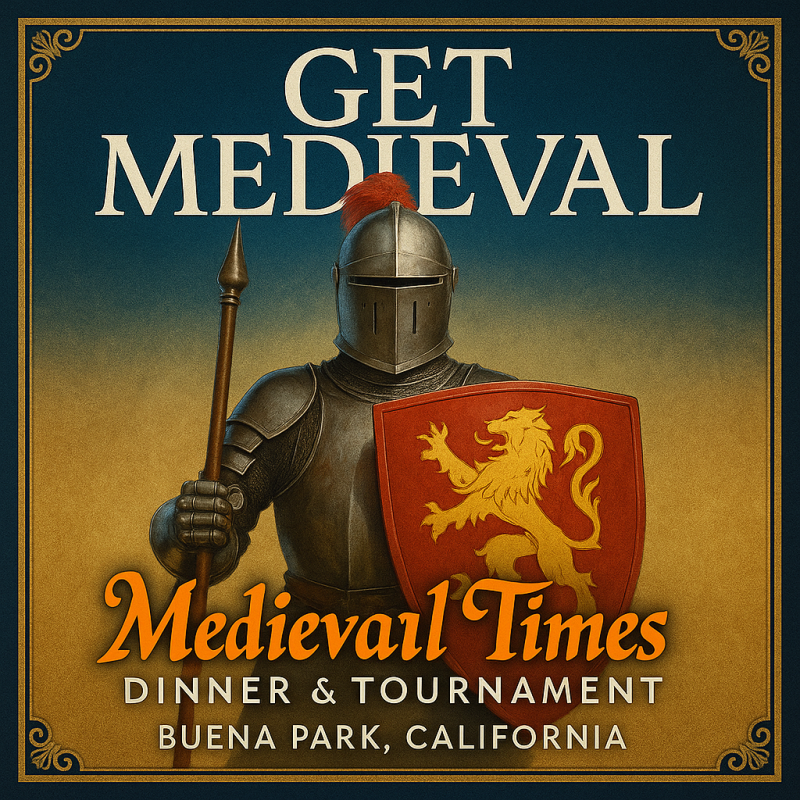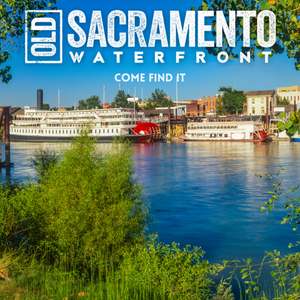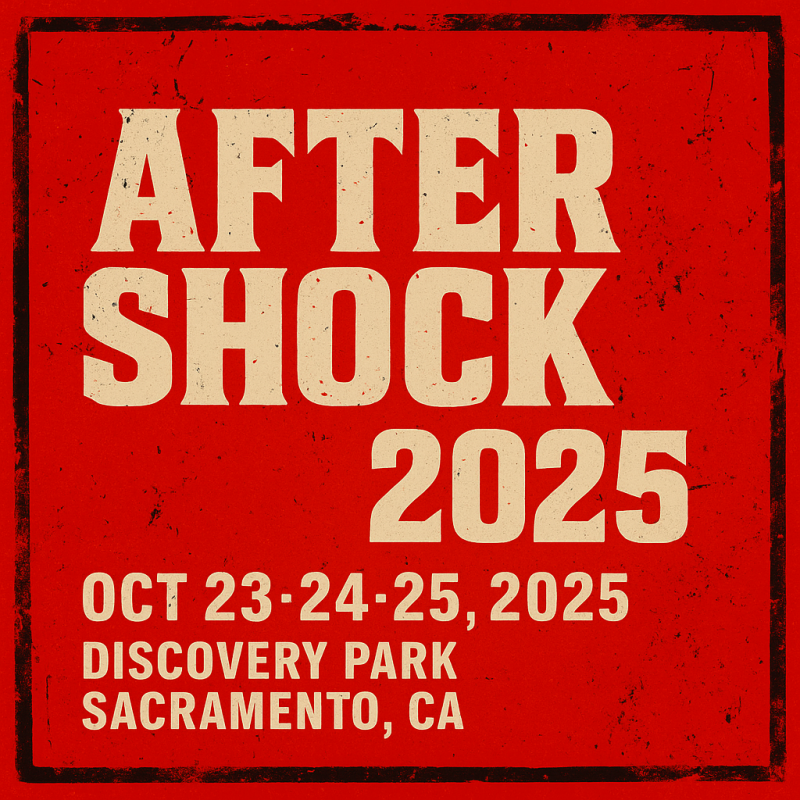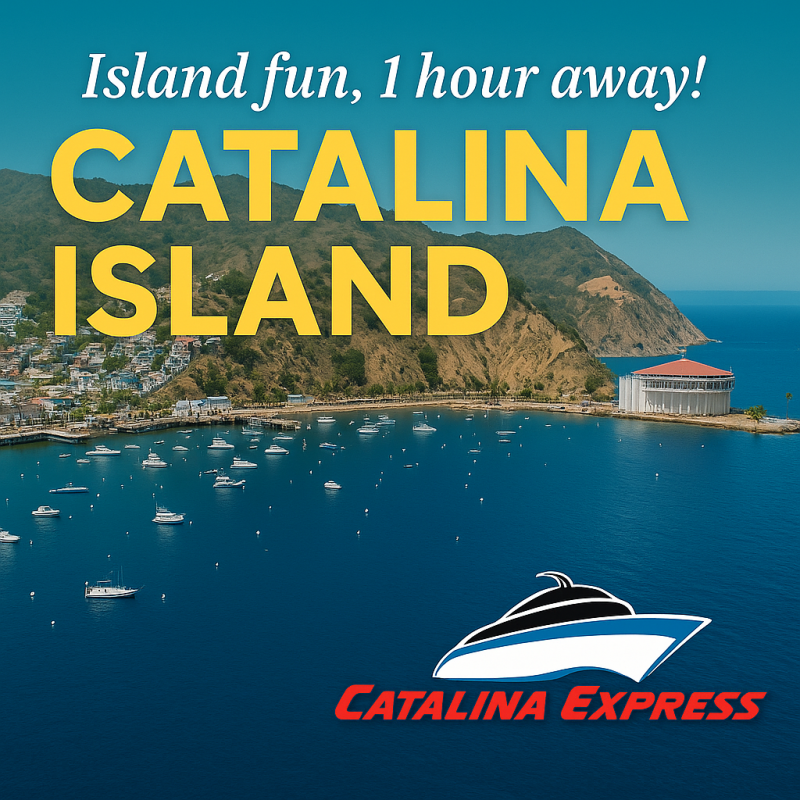By Mauricio Segura August 13, 2025

Photo: Webador Graphics
American place names are more than labels on signs. They are edits to a manuscript in progress, the kind an entire community agrees to make. Drive a few thousand miles and you will find places that decided a new word would carry a new future, and then lived up to it.
Start with Truth or Consequences, New Mexico, a spa town on the Rio Grande that once answered to Hot Springs. In 1950, the producers of a wildly popular game show invited any town in America to take its name and host an anniversary broadcast. Hot Springs held a vote, changed the letterhead, and woke up the next day as Truth or Consequences. What could have been a one night stunt became a civic identity. The broadcast returned, an annual Fiesta took root, and a place that might have blended into a long national list of Hot Springs kept the singular name that set it apart. The town still offers mineral baths and sunlit sidewalks, but it also offers a story, and stories are what travelers bring home.
North of Fort Worth, the town of Clark confronted a different problem, the invisibility that comes with being small and new. In 2005, a satellite television company proposed an unorthodox remedy. Rename yourselves DISH, in all caps, and every household will receive ten years of basic service, including equipment and installation. The town agreed. Most marketing deals fade with the campaign budget. This one printed itself onto maps and addresses. Today, DISH remains DISH, a reminder that even a place with a few streets and a water tower can grab the national microphone if it is willing to treat its name as a tool.
Oregon produced the dot com version of the same instinct. In 2000, Halfway accepted cash and computers for its school and, for one calendar year, renamed itself Half.com. No one expected permanence. The bargain bought attention, a few tangible upgrades, and a story punchy enough to outlast the contract. When the year ended the town reverted, a little better resourced and a lot more famous than it had been.
Not every change was a headline chase. In 1992, residents of East Detroit voted to become Eastpointe. The name signaled a clean line from their larger neighbor and an affinity with the ring of communities to the east along Lake St. Clair. It was a decision about perception and self description. A city that had long fielded questions about what it was not now had a word for what it intended to be.
Go back a century and a half in Florida and you find the same principle, only on a frontier stage. Orlando began as Jernigan, named for the family that staked an early homestead. As the settlement grew in the 1850s a new name took hold. The origin of Orlando is contested, with theories ranging from a soldier’s grave marker to a literary nod, but the result is what matters. The post office adopted Orlando, the town incorporated under it, and the city grew into the larger canvas the word allowed.
On the Ohio, a settlement opposite the mouth of the Licking River once bore the dense coinage Losantiville, a linguistic puzzle that tried to describe a location rather than suggest a destiny. In 1790, the territorial governor replaced it with Cincinnati, honoring the Society of the Cincinnati and its classical namesake, Cincinnatus. The new name linked a muddy frontier town to an ideal of civic virtue. That is branding with backbone, and it fit the ambitions that followed.
Atlanta shows how infrastructure can hold the pen. The place began as Terminus in 1837, the end of the Western and Atlantic Railroad. It became Marthasville in 1843, a polite nod to a governor’s daughter, then Atlanta in 1845, a crisp echo of the railroad that made the city possible. The last name had direction and momentum in it. The city spent the next century proving that the word was accurate.
Corporate map making has its own chapter. In 1969, one of the two small municipalities created to support Walt Disney World changed from the City of Reedy Creek to the City of Lake Buena Vista. The shift matched the legal lines to the geography and to a broader corporate vocabulary. It was a practical choice and a reminder that names can tidy up more than postcards. They can align governments, utilities, and expectations.
In the southern Black Hills, a different kind of change took place. The Lakota name Minnekahta, meaning hot waters, described a cluster of thermal springs. When settlers anglicized the town in 1882 to Hot Springs, they translated rather than erased. The new name advertised exactly what the bathhouses and sanatoria were selling, and the town grew into a resort economy that made the words self evident.
Finally, there is the bluntest edit of all. In 1664, the English seized New Amsterdam and renamed it New York in honor of the Duke of York. One signature and an occupied fort recast a city and a colony. Not every renaming is consensual or gentle, but all of them remind us that the words on a map are decisions.



